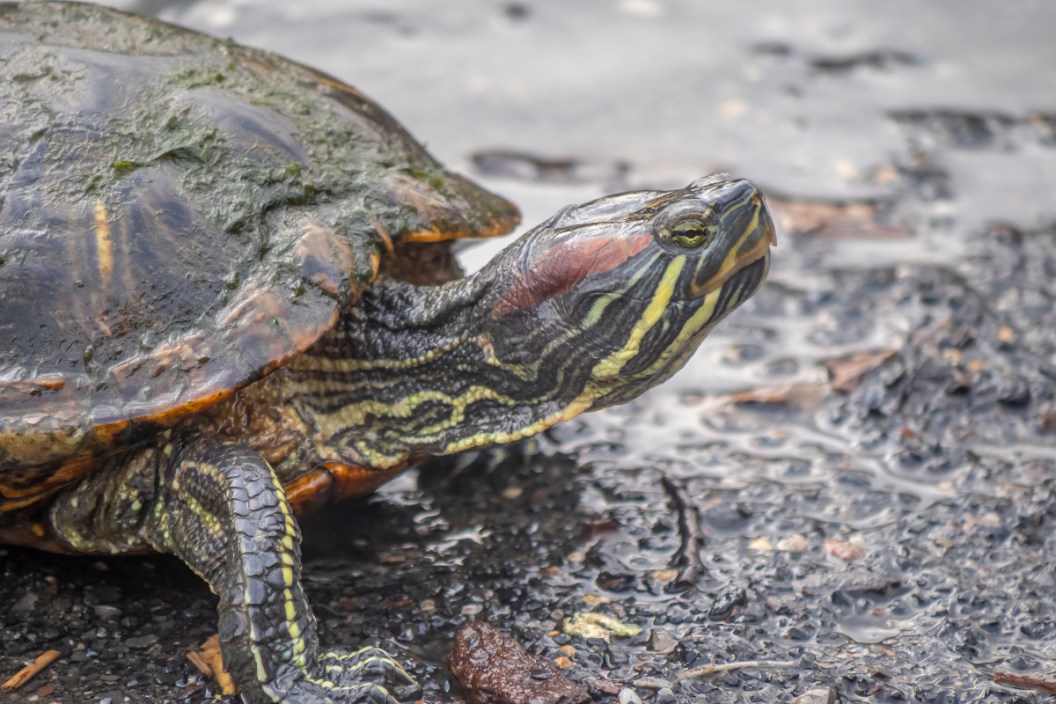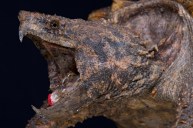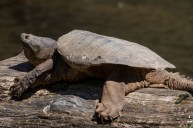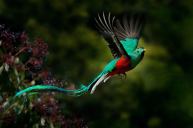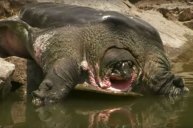Here's what to know about these freshwater turtles.
Odds are, you have probably seen an eastern painted turtle in your outdoor adventures. The Chrysemys picta picta, better known by its common name, sports an olive green to black upper shell with a pale stripe down the center and red markings around the edge. This turtle is unique in that its scutes run in straight rows back the carapace rather than an alternating pattern, making it easy to distinguish from other painted turtles. The plastron is a yellowish color, and yellow spots behind the eyes as well as yellow stripes on the neck are key indicators.
Eastern yellow turtles typically only grow to 4.5-6 inches long, with the largest measuring over 7 inches.
Along with the eastern (C. p. picta), other members of the painted turtle species include:
- Midland painted turtle (C.p. marginata): This subspecies is identified by a dark shadow on its bottom shell.
- Southern painted turtle (C. p. dorsalis): With a red stripe down its upper shell, this is the smallest painted turtle.
- Western painted turtle (C. p. bellii): Its splotchy bottom shell with red coloring makes this turtle easier to identify.
Habitat & Diet
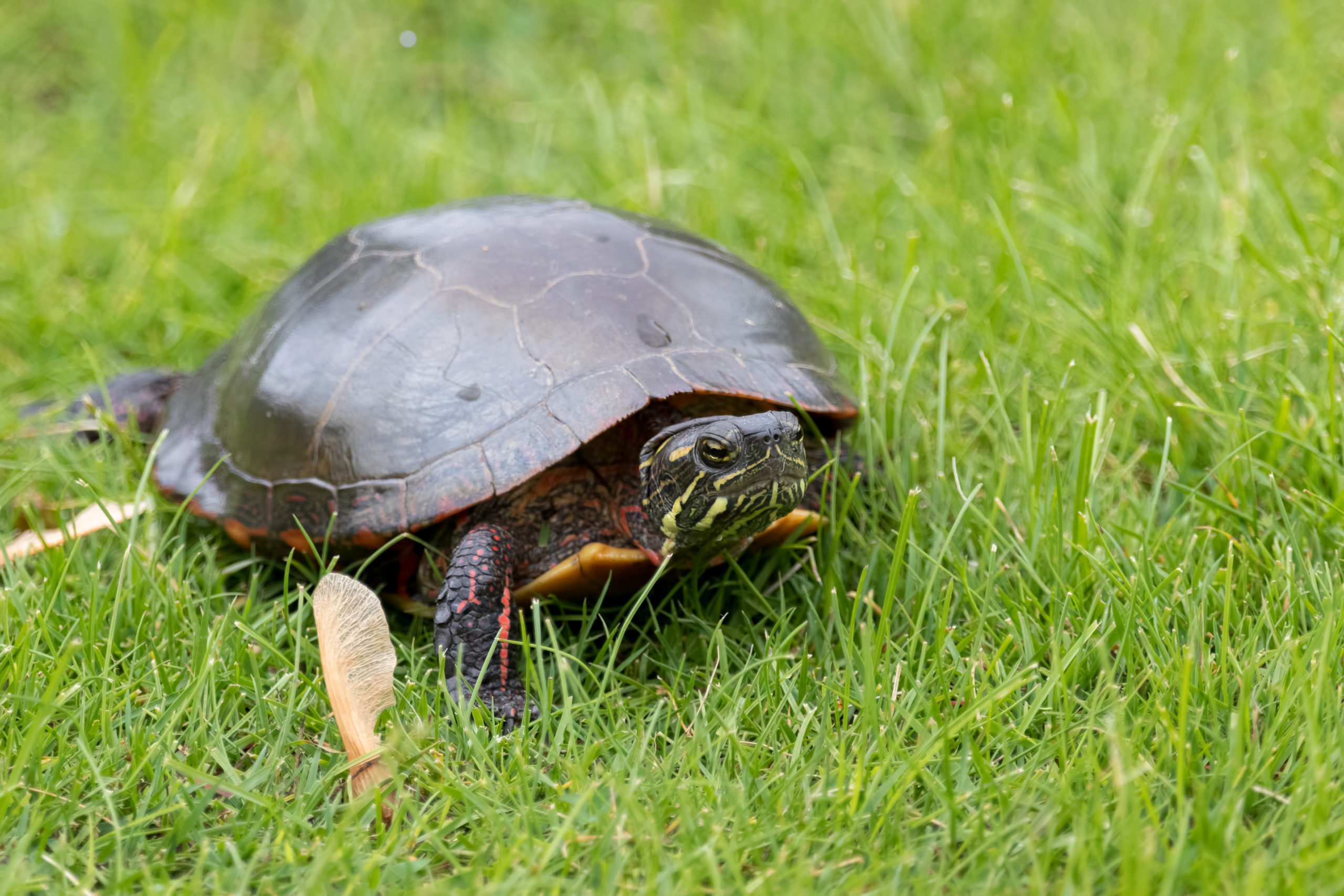
Getty Images: Karen Hogan
Spanning North America from the Atlantic to the Pacific and from as far north as Canada and as far south as Mexico, the painted turtle is relatively common. The freshwater species prefers wetland areas with plenty of aquatic vegetation and soft substrate as well as basking areas in shallow water. You'll often see them up on rocks or logs on a hot, sunny day. They usually hibernate in muddy bottoms, under logs, or in beaver lodges.
These omnivores prefer meat at a young age but develop a diverse taste for everything from plants to crustaceans to insects. Adults primarily feed on duckweed, algae, crayfish, and dragonfly larvae.
Life Cycle
Eastern painted turtles typically lay one or two clutches of eggs each year, with clutch sizes averaging four to eight eggs. Nests are usually located near the edge of water. Both nests and hatchlings are at high risk of predation. It is not uncommon for nests to get raided during the egg's incubation period.
The average eastern painted turtle will have a lifespan of about 25-25 years. Primary causes of death include traffic incidents, loss of habitat, and raccoon predation.
The eastern painted is one of the most likely species of aquatic turtle humans will encounter here in North America. Keep an eye out for these turtles and their brilliant coloration the next time you visit your favorite lake or stream!
Products featured on Wide Open Spaces are independently selected by our editors. However, when you buy something through our links, we may earn a commission.
NEXT: BLACK BEAR LIFESPAN IN NORTH AMERICA
WATCH
